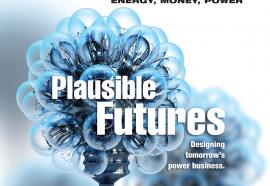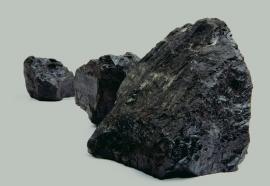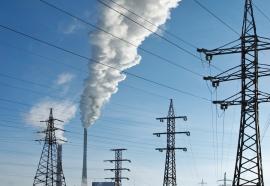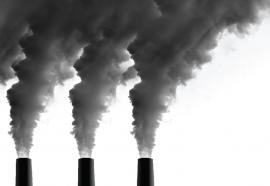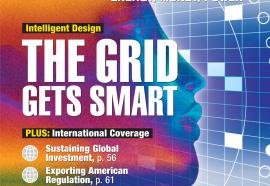Up in Smoke
Submitted by meacott on Wed, 2011-06-29 18:03In May, PJM Interconnection conducted its annual auctions to secure electric capacity three years from now. As expected by most analysts, the base residual auction (BRA) for delivery year 2014/15 electric capacity cleared with lower volumes versus the prior year, due to lower demand. Prices were lower in the typically constrained eastern Mid Atlantic Area Council (MAAC) region, and higher in the rest of the regional transmission organization (RTO).


